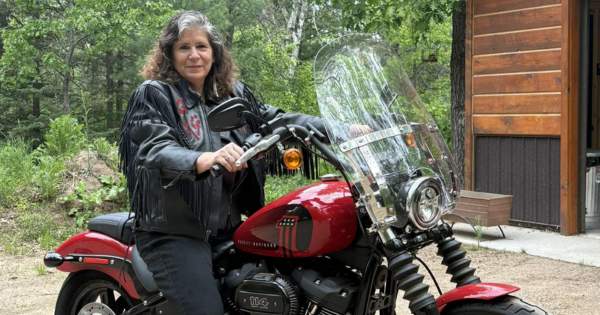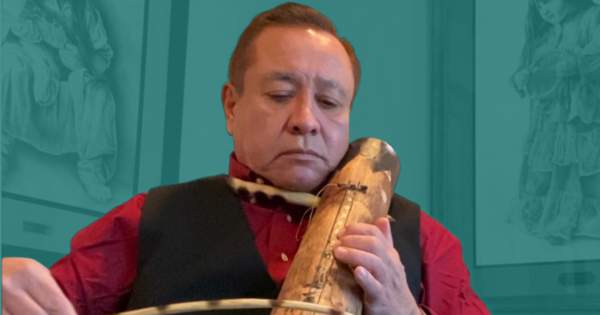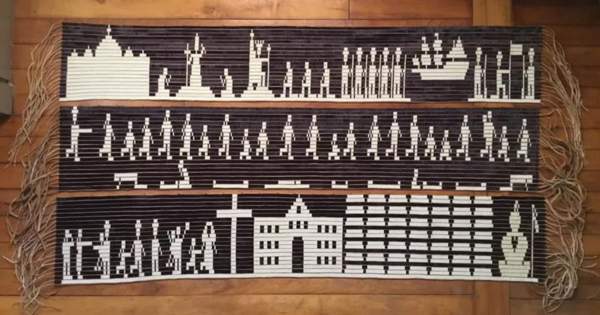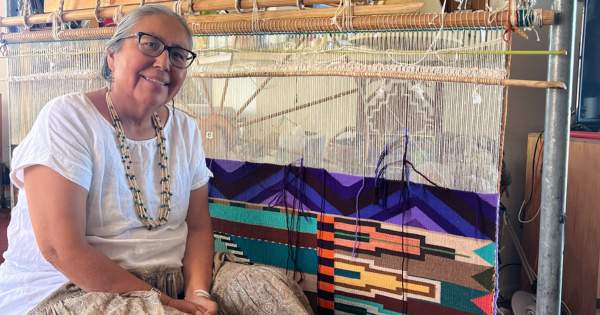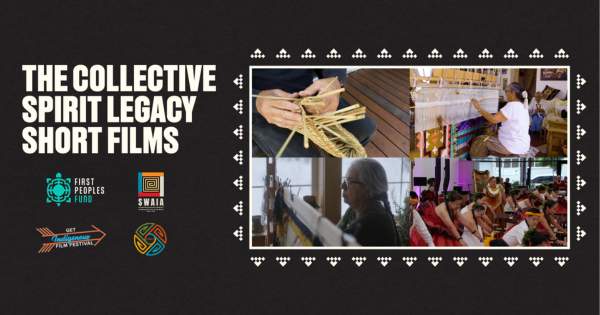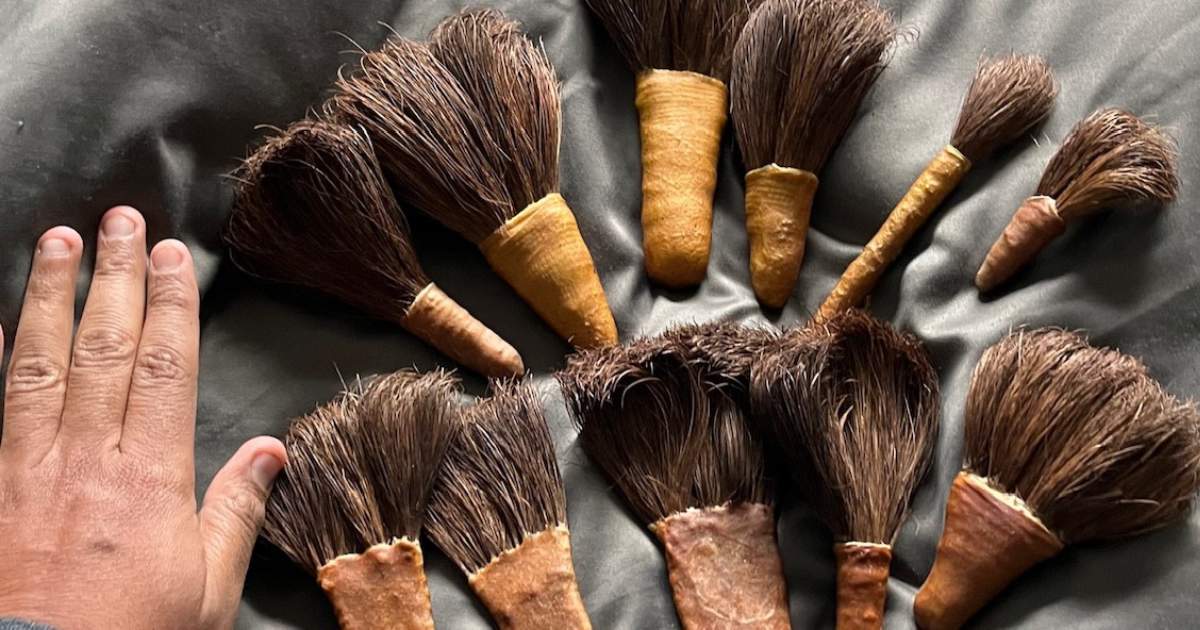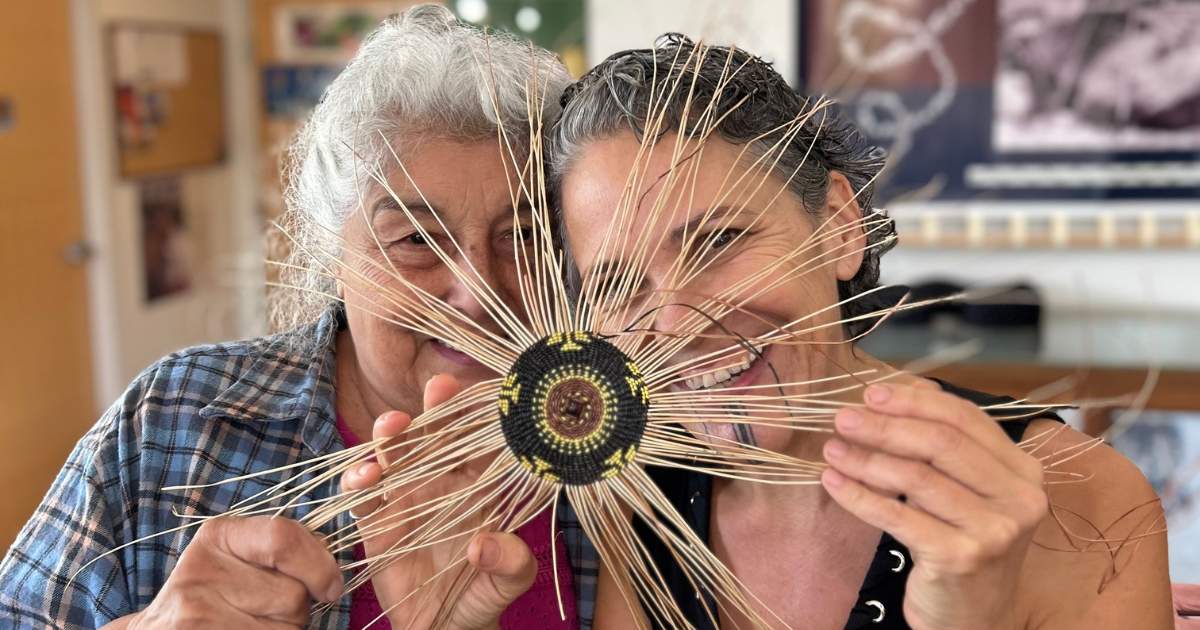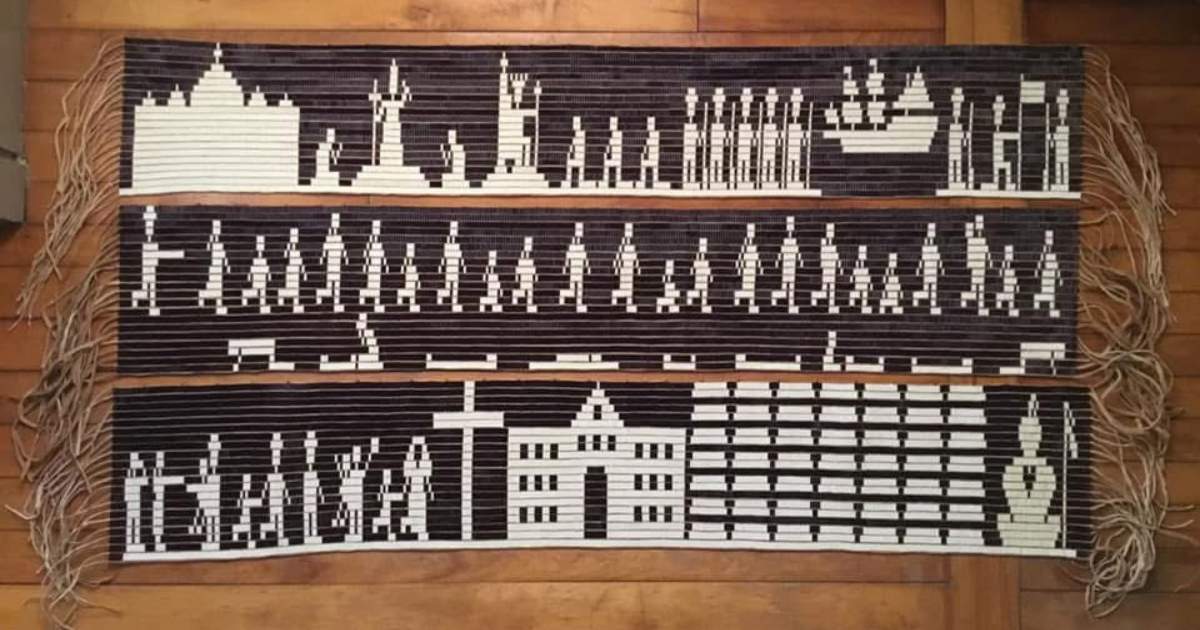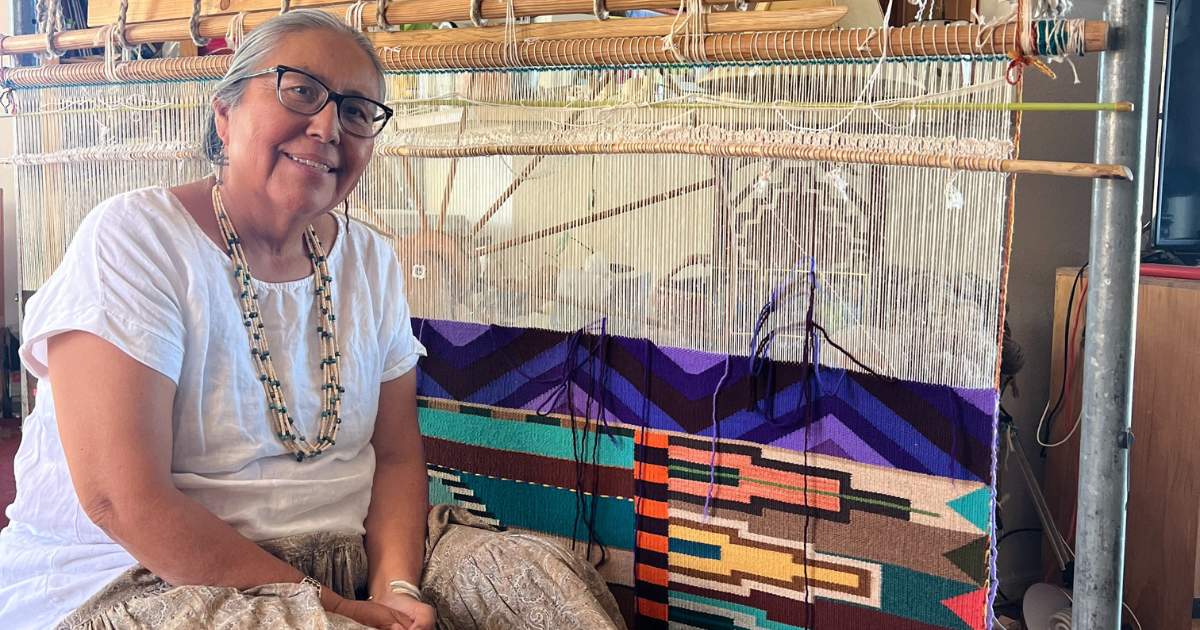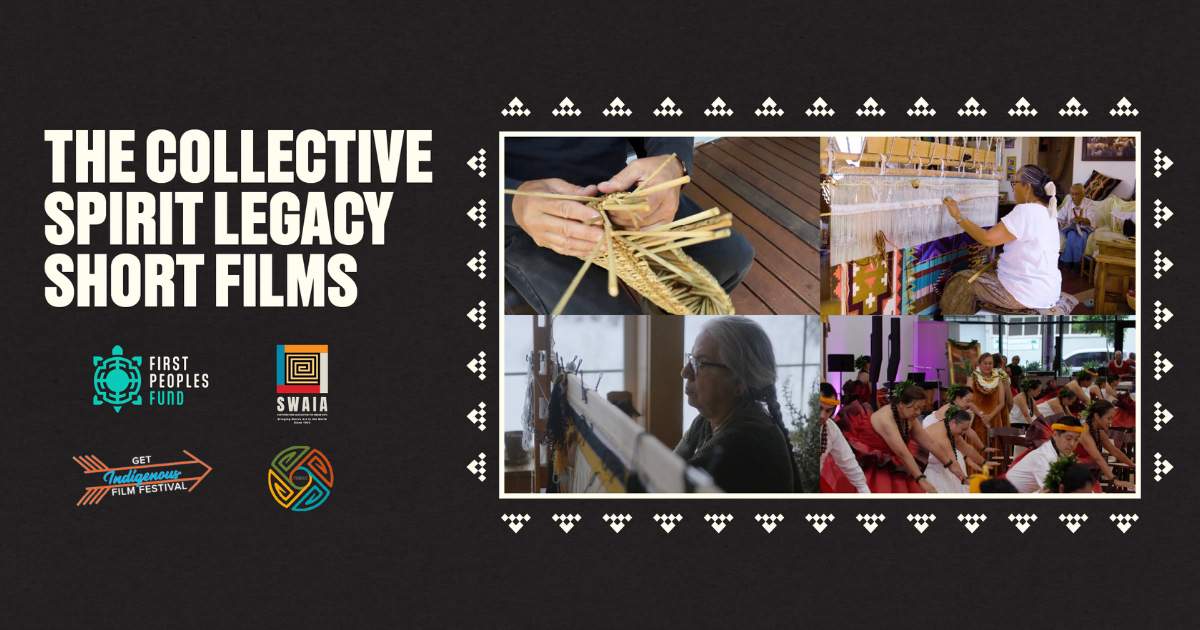
People of the River
Virgil “Smoker” Marchand’s grandmother gave him the name “Spa Poole,” which means smokey or smoke in his Native language.
Smoker (Confederated Tribes of the Colville Reservation, Arrow Lakes) is a 2020 Jennifer Easton Community Spirit Award recipient. We are honoring our CSA recipients with stories each month through the end of the year.
Stationed in the grasslands near Beebe Springs Natural Area in Washington State, a young boy pulls salmon out of the creek; women dig for roots; a young girl puts meat on a drying rack while her mother tends salmon that is baking.
These are steel sculptures that Smoker created to put his peoples’ history and culture as “People of the River” back on the land. This iconic scene — and more — are striking in their size, beauty, and realism.
Graduating from the Institute of American Indian Arts (IAIA) in Santa Fe, New Mexico in 1971, Smoker tried several art mediums to tell his peoples’ story. In the 70s, he illustrated the legends and coyote stories of his tribe. In the 90s, he illustrated the book, A River Lost. He’s done paintings of numerous tribal people, bronzes, ice carving, and wood carving. A tribal elder described his work as “Bringing our people home.”
“I never limited myself to one thing, but the steelwork was hands down my favorite,”
“I never limited myself to one thing, but the steelwork was hands down my favorite,” Smoker says. “When you’re doing paintings and the like, you have to do what sells, so you’re not always doing pieces you want to do. Soon, you get bored because you want to do your own stuff. I never had that with steel because I was capturing the history and culture of my people throughout Washington state, and I loved it.”
Smoker’s uncle mentored him in making stunning sculptures that now grace public places — from the tribe’s Veterans Memorial that Smoker designed and crafted in 1986 to Bigfoot on US Highway 155 above a rock outcropping. His work is recognized throughout the state.
But the enormous pieces Smoker once produced at five or six per year took a toll on his body. Healthwise, he cannot do the steelwork at the level he once did, so Smoker is searching for an alternative as he scales back his projects. He’s making plans to incorporate a tabletop machine that will allow him to make root diggers, engrave headstones, and generally build an inventory he wasn’t able to before.
“During our root season, we go out with the elders, have a feast, and do root digging. I’ve done life-sized root diggers in steel,” he says. “Those are cool but hard to do. With the tabletop machine, I can do smaller pieces. I do an elderly woman digging a root. On the stand is a feather with my signature, and people can put it on their desk.”
Though it will be hard to watch a machine work with the steel, it allows Smoker to continue his love for steel that has earned him national recognition.
His friend Kenneth “Butch” Stanger (Confederated Tribes of the Colville Reservation), who has known Smoker for 60 years, nominated him for the First Peoples Fund Community Spirit Award (CSA).
“Smoker may be local to us, but his talent should be shared with the entire country,” Butch says. “He has done many paintings of our people, tribal leaders — art that depicts our culture and traditions. Everyone deserves a chance to experience Smoker’s art.”
Throughout his art career, Smoker has garnered praise, including winning at a major art show in North Dakota. But he never had full confidence as an artist. The national recognition given to him and his work through the CSA bolstered him.
“You go throughout life wondering if you’re good enough,” he says. “I think artists are like that, wondering where they fit. First Peoples Fund supports them. The award went out there, and people saw my work. I received so many great comments about how beautiful the sculptures are, that they’ve never seen anything like them. It was humbling to have people appreciate my work. Locally, everyone does. But you always wonder what it’s like on the outside.”
Another Community Spirit Award honoree (2000), Elaine Timentwa Emerson (Colville Confederated Tribes), is one of Smoker’s mentors. Elaine suffered great tragedy on the Colville Indian Reservation when the September wildfire swept through and burned her home. She was able to save some of her precious handwoven baskets.
Smoker is assisting Elaine and countless families in the community in his new role as a tribal council member.
“She’s a tough woman,” he says. “When I do projects, I talk to her a lot. She’s been nothing but supportive and helps me with the Indian names of different areas. She’s really a dictionary and gives me information as far as how people lived. We had areas of common ground like Kettle Falls, where tribes gathered. We did things alike, but there were differences, like the languages and some with how they dressed.”
COVID-19 and the devastating fire has Smoker putting his art aside for a time. But his community work remains vast. He donates art pieces to local charities and has done wood burnings on some 400 caskets over the years for families suffering the loss of a loved one.
“His work brings pride to our elders and young people too,”
“His work brings pride to our elders and young people too,” Butch says. “Smoker welded the mascot for one of our local schools, and you should have seen the pride in the faces of our students who know him. It demonstrates that anyone can finetune their gift and make a difference in other’s lives.”
